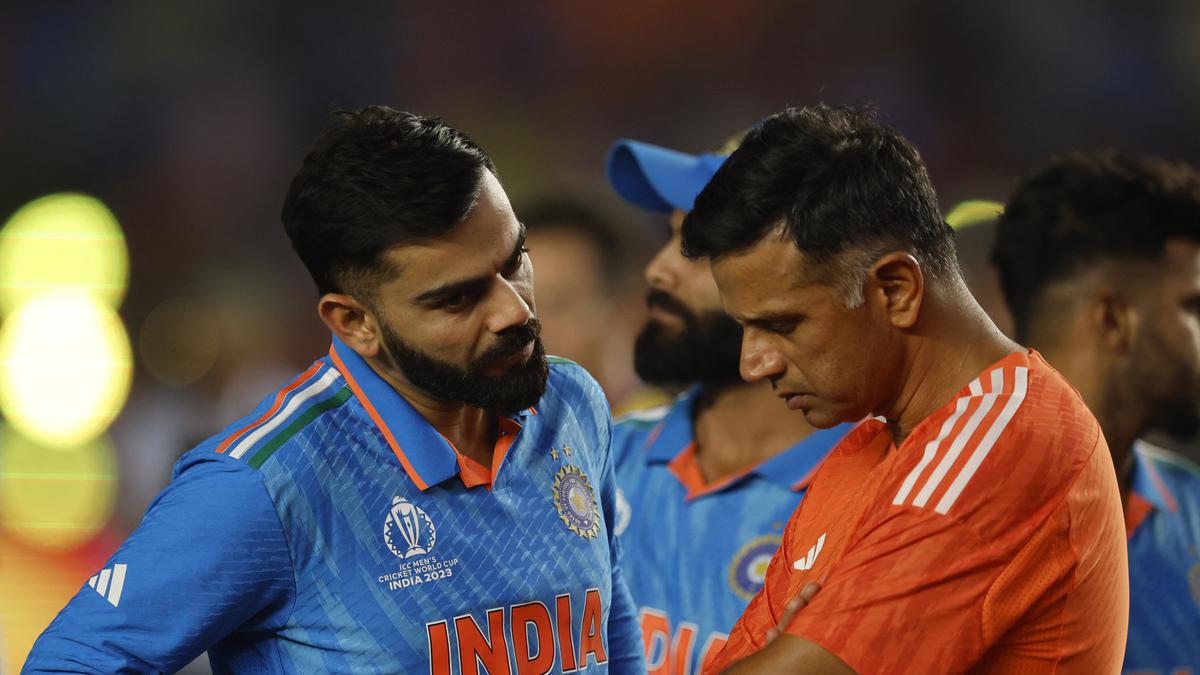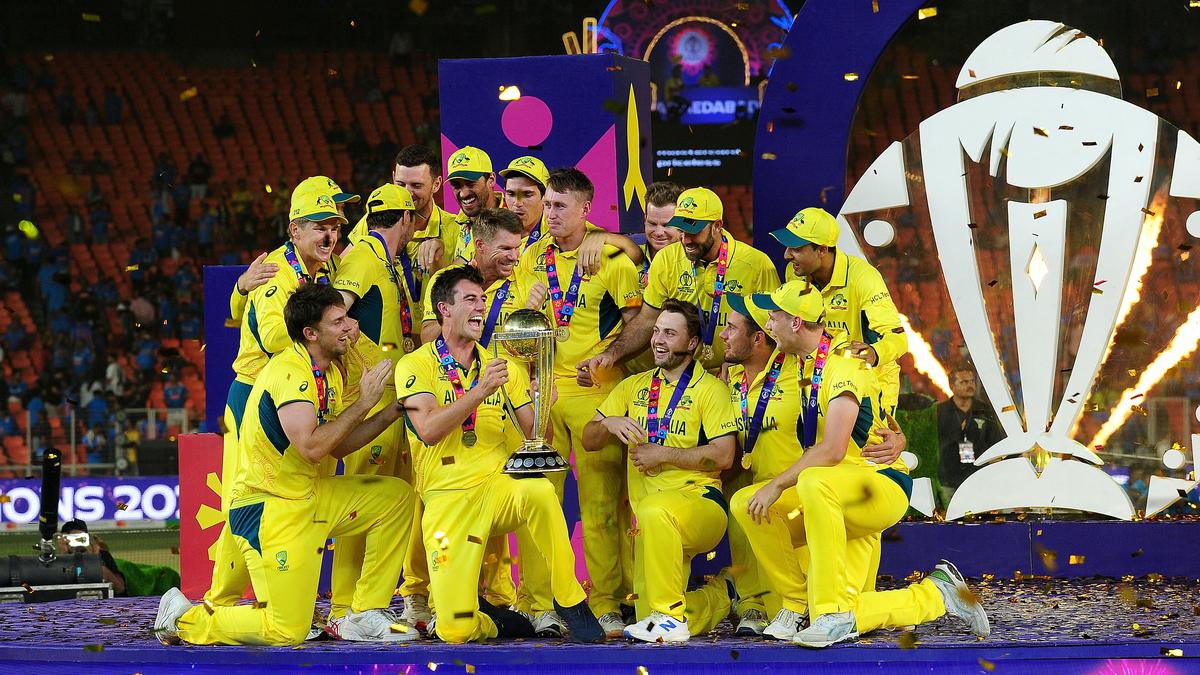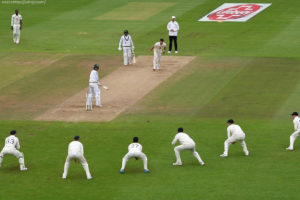Indian cricket lovers had heartbreak when the dream run of ten successive victories by the Indian cricket team in the ODI World Cup 2023 was stopped by the Australians in the finals in Ahmedabad. Was Australia’s victory a result of their meticulous planning? Did India lose because of their lack of planning? Here is a comparison of India’s performance with Australia’s in the just-concluded World Cup.
India played their first match against Australia in Chennai. Australia won the toss and elected to bat first. The Australians were bundled out for 199 in 49.3 overs by an Indian attack without Shami. In reply, from 2 for 3, Kohli and Rahul took India to victory. Did Australia play this match without any planning? Were the Australians unaware of where to place the fielders for each Indian batsman like they did in the finals? Even after winning the toss in this match, like in the finals, they could not execute their plans and were outplayed by the Indians.
At Delhi, after restricting Afghanistan to 272 for 8, India reached the target, losing just 2 wickets with 15 overs to spare, thereby securing a convincing 8-wicket victory. Australia beat Afghanistan by three wickets in Mumbai, aided by an outstanding double century by Maxwell. Not to take away any credit from Maxwell, he would have struggled to do the same against an experienced bowling attack with cramped legs. Afghanistan did not know how to exploit Maxwell’s injury to their advantage and ended up on the losing side. From 91 for 7, Maxwell took Australia to safety single-handedly.
While India bowled out South Africa for 83 runs and defeated them by 243 runs at Eden Gardens, Kolkata, the same South Africans bundled out Australia at Lucknow for 177 and achieved an emphatic 134-run victory.
India played Pakistan in Ahmedabad, the same ground where the finals were held, and elected to field first after winning the toss. Pakistan got off to a flying start but slowed down as the match progressed and its middle order collapsed against Indian spinners, and they were eventually bundled out for 191 in 42.5 overs. India was without Shami. Batting looked easier under lights, and India defeated Pakistan by 7 wickets with around 20 overs to spare. Did you notice any similarity to the Australian victory in the finals? Australia played Pakistan in Bengaluru, where Pakistan elected to field after winning the toss. Despite a 259-run opening partnership in 33.4 overs, the Australians were restricted to 367 for 9 in 50 overs. Though Pakistan fought back, they were bundled out for 305, giving the Australians a 62-run victory.
India defeated Bangladesh by 7 wickets with around 9 overs to spare after restricting Bangladesh to 256 for 8 with Virat Kohli scoring a century in Pune, and Australia achieved a convincing 8-wicket victory over Bangladesh in Pune.
While India outplayed Sri Lanka by bowling them out for 55 and beating them by 302 runs in Mumbai, the Australians defeated them by 5 wickets at Lucknow.
When India defeated New Zealand by 4 wickets with 2 overs to spare at Dharamsala, Australia defeated them by a narrow margin of 5 runs in the same venue.
Australia decimated the Netherlands by 309 runs in Delhi, and India beat them by 160 runs in Bengaluru.
India beat England by 100 runs in Lucknow, and Australia beat England by 33 runs in Ahmedabad.
When the Indians reached the finals, defeating New Zealand convincingly by 70 runs in Mumbai, Australia struggled to defeat South Africa by 3 wickets at Eden Gardens in a rain-affected match.
A comparison of the performances of India and Australia in all the matches listed above will reveal that India not only won all the matches but also had more outright victories compared to Australia, which reflected the clinical precision with which the Indian players led by Rohit Sharma executed their plans. Victory in the finals is what determines the winner, but a loss in the final after winning all matches in a World Cup cannot take away the sheen of their earlier efforts.

While analysing Australia’s victory in the finals, we need to look back at the results of the matches held in the same stadium in Ahmedabad. In the 4 matches prior to the finals, 3 matches were won by the team batting second, and in the other match, England lost to Australia batting second only by a small margin, clearly proving that toss was crucial in Ahmedabad. This proves that Australia’s win in the finals at Ahmedabad cannot be considered one achieved with meticulous planning.
The pressure of a final and the home crowd’s expectations did contribute to the below-par performance of Indian players in the finals, but to say that India lacked planning for the finals is ridiculous and equivalent to insulting a champion side.
Australia played better than India on the day of the finals, but this Australian team can’t be compared to Steve Waugh’s or Ricky Ponting’s Australian teams, which conquered the world with their meticulous planning and execution. India lost the finals, but they were no less or even better than Australia in the 2023 World Cup.




